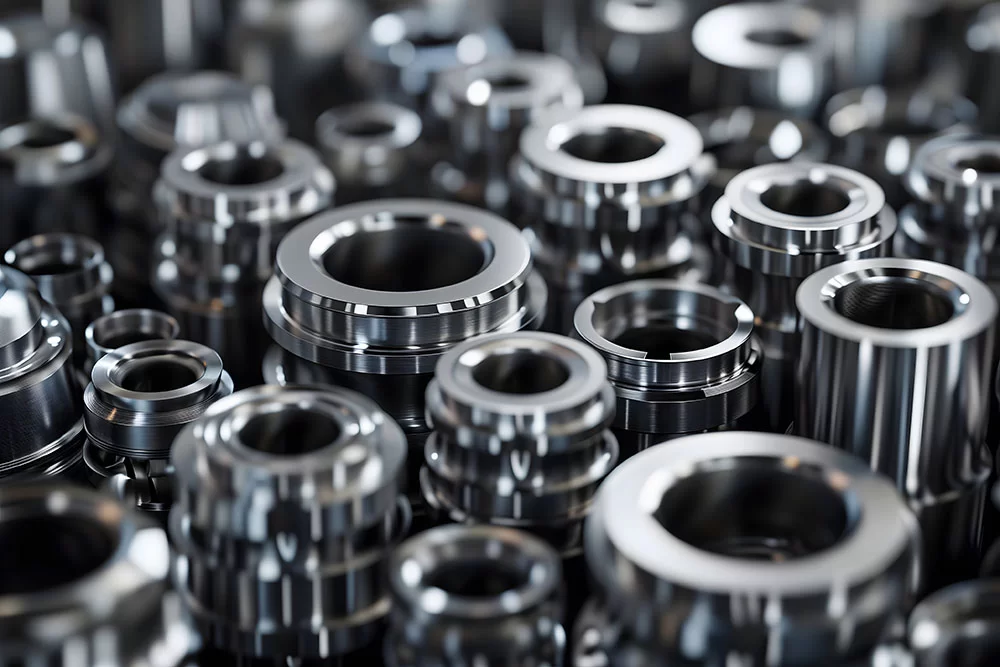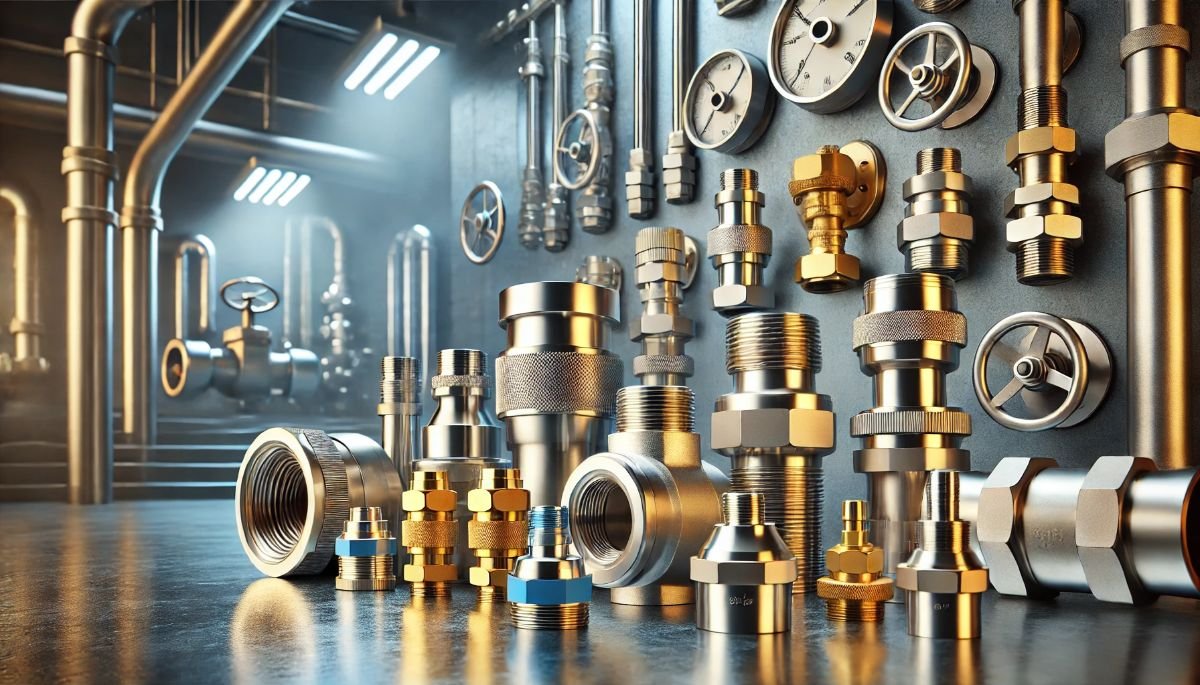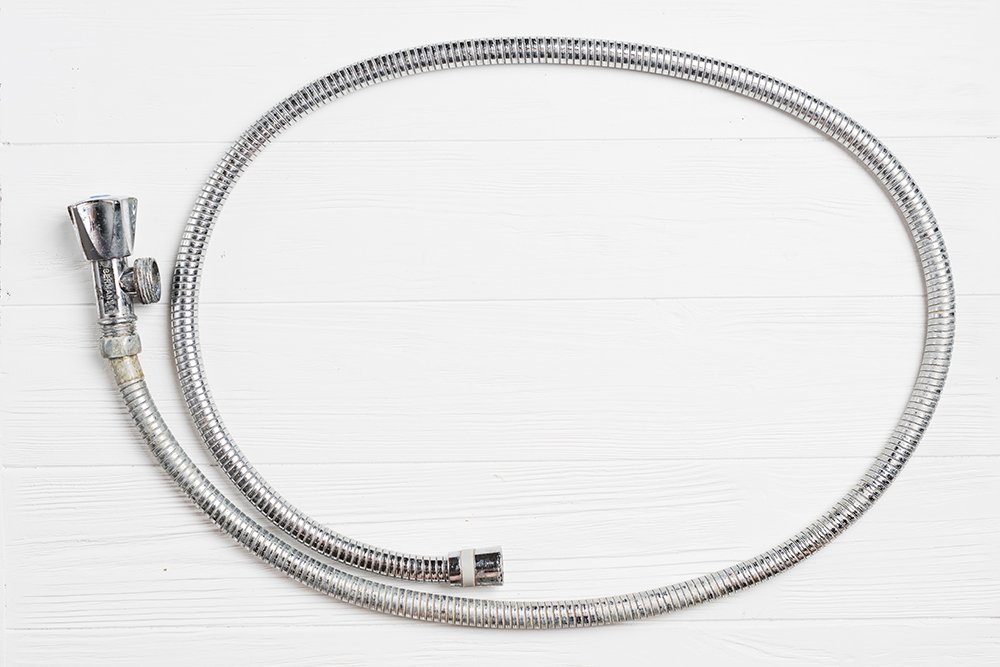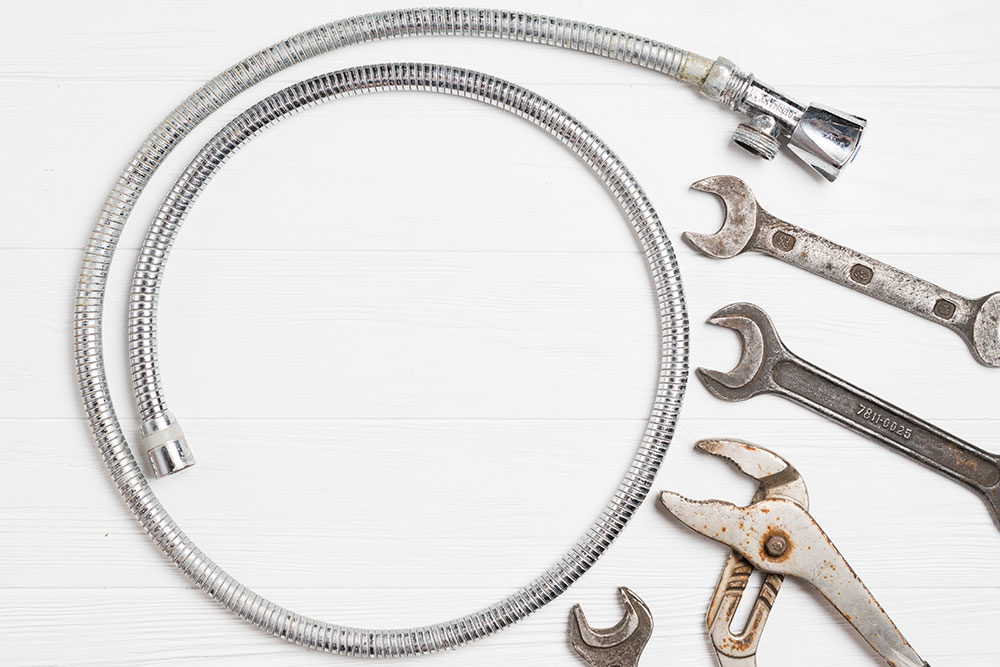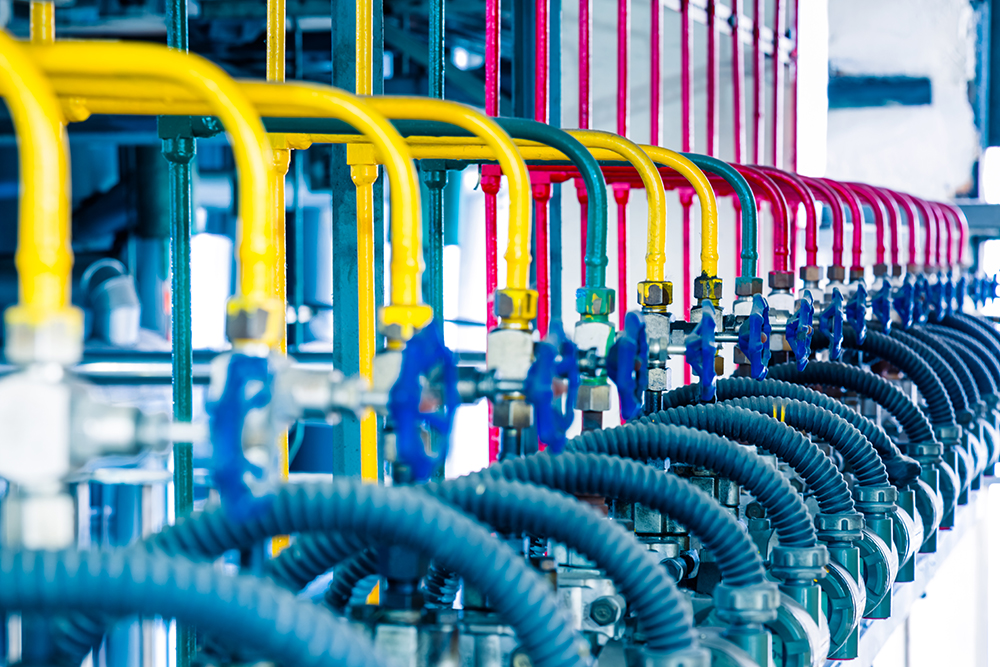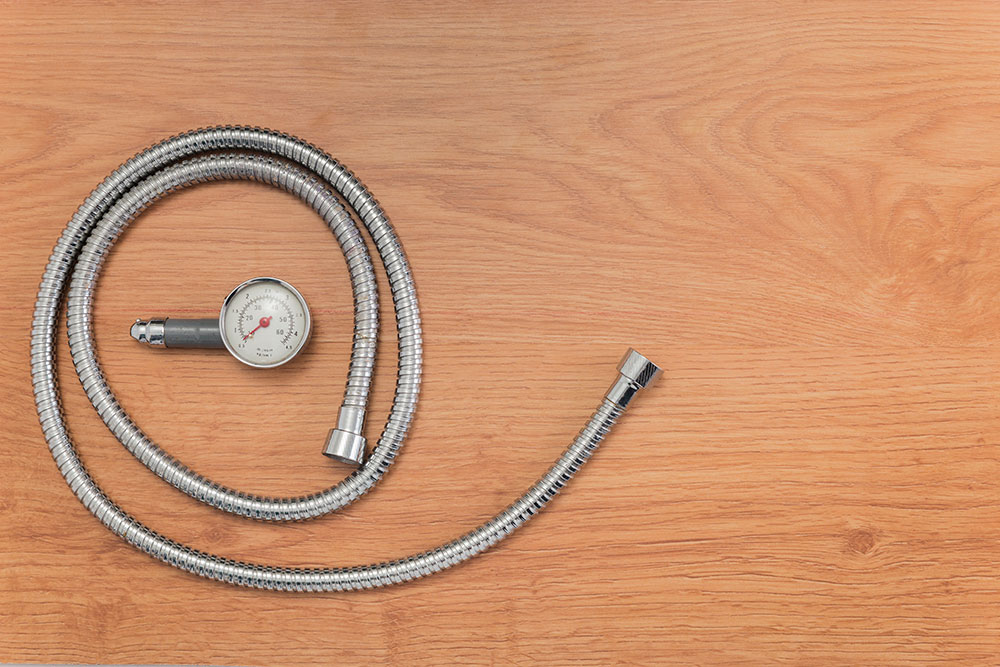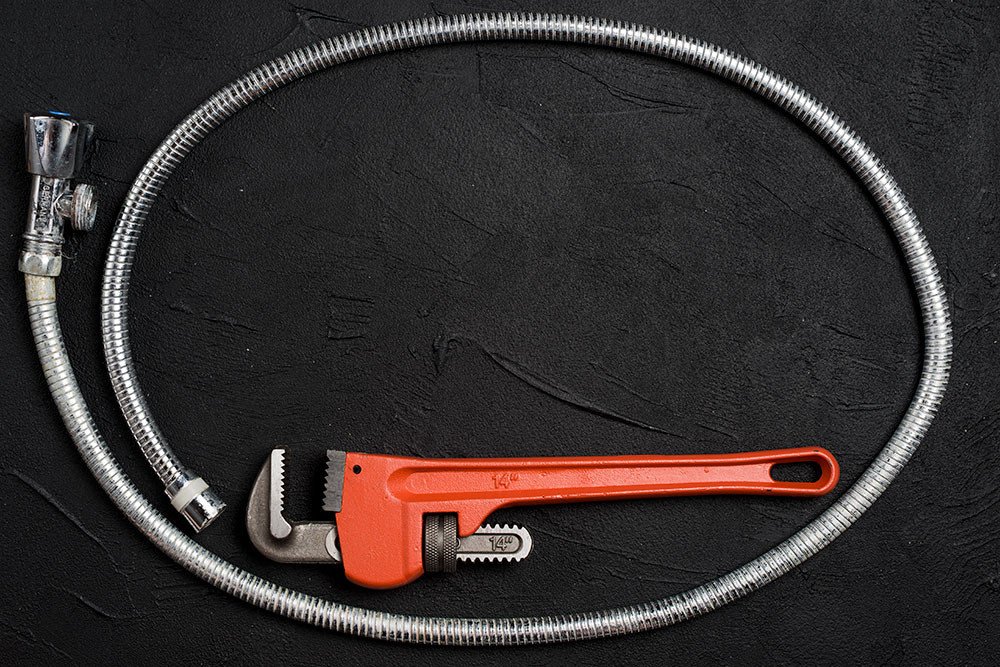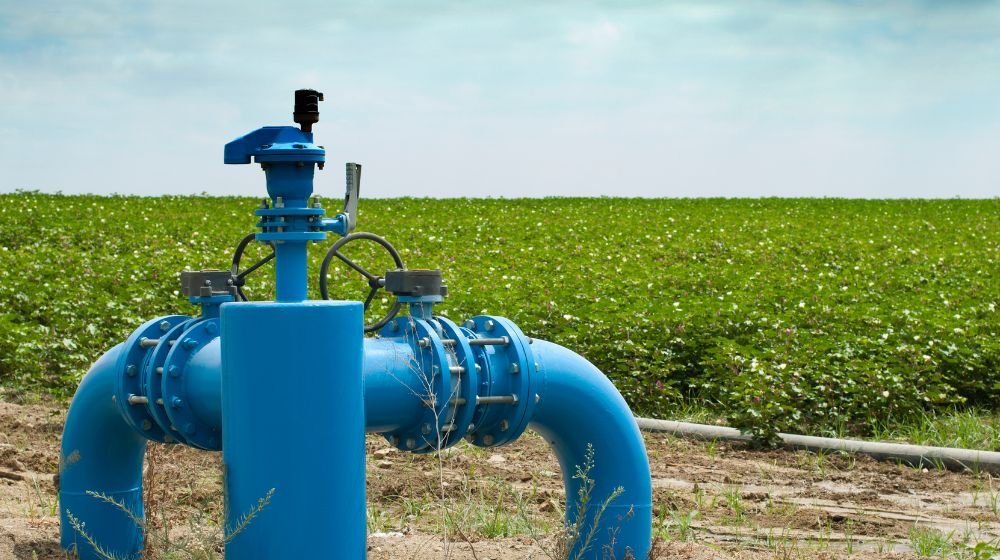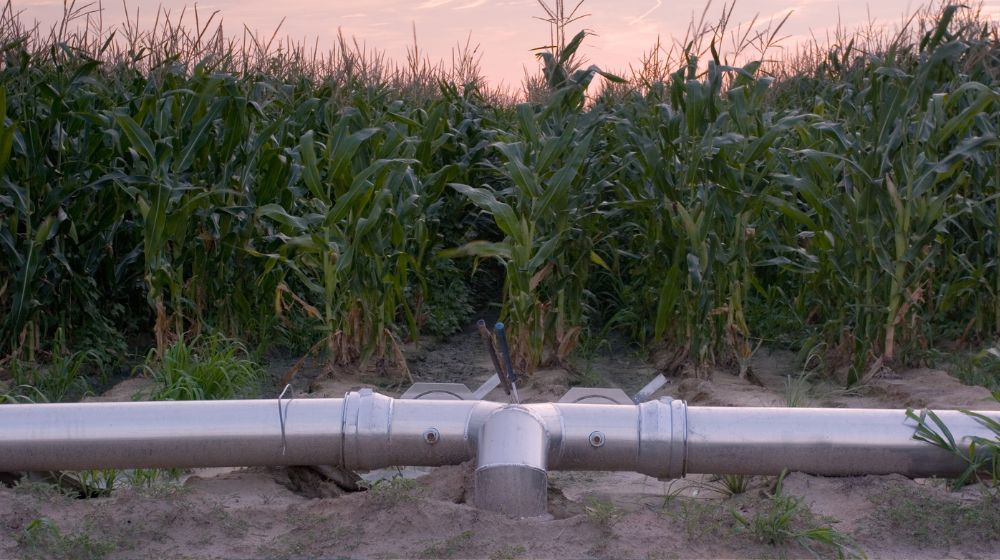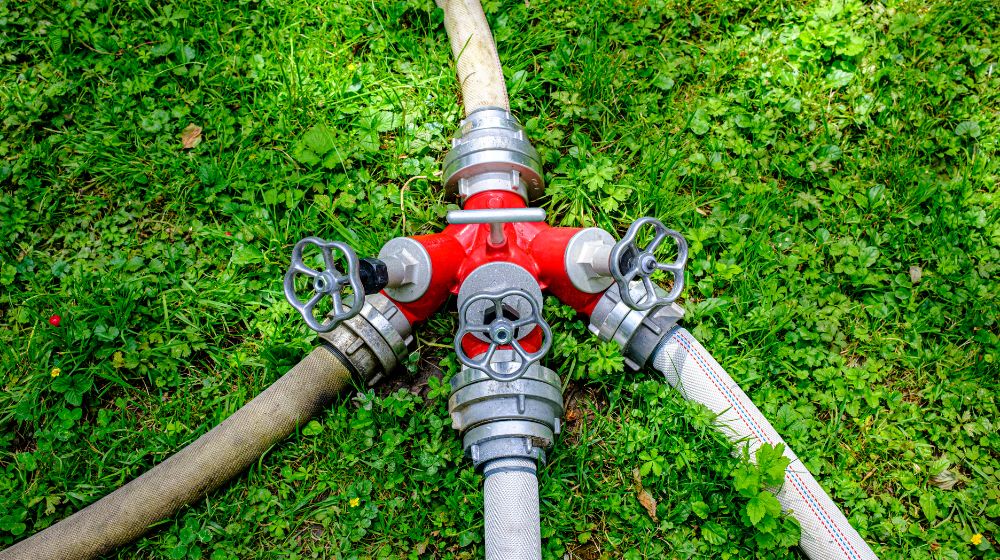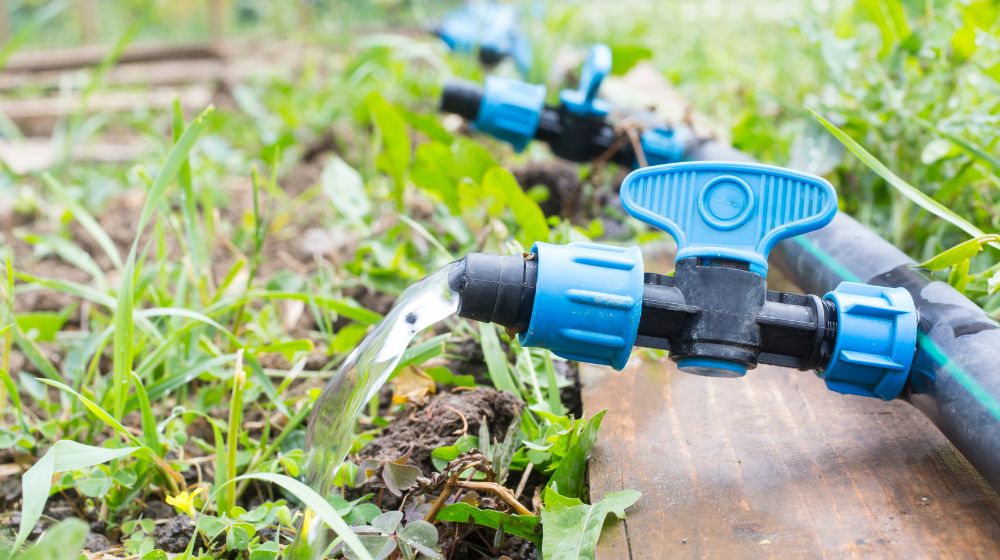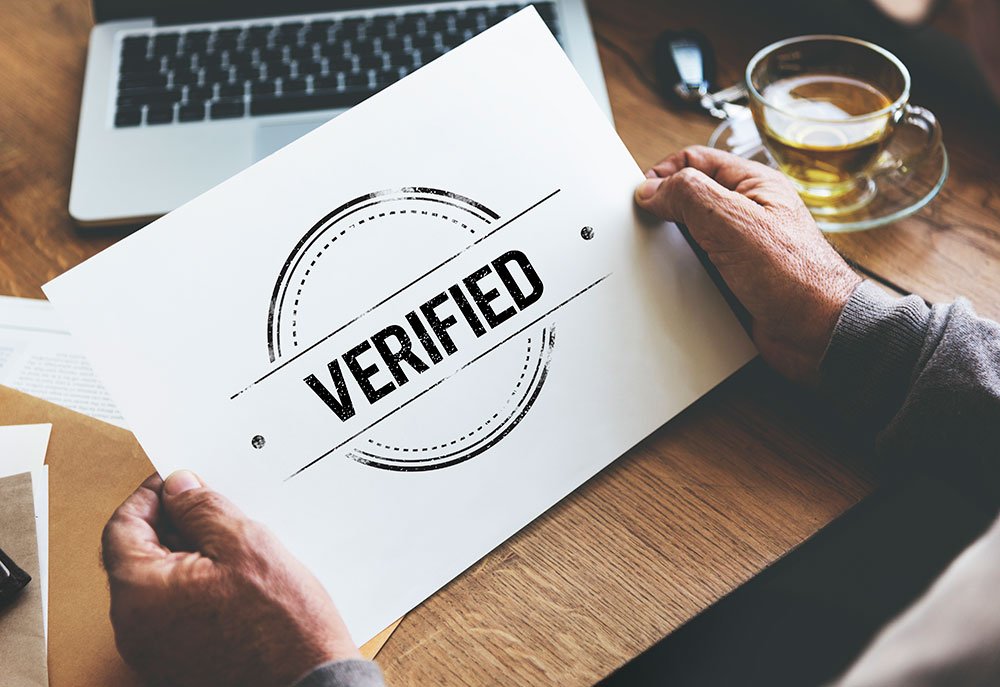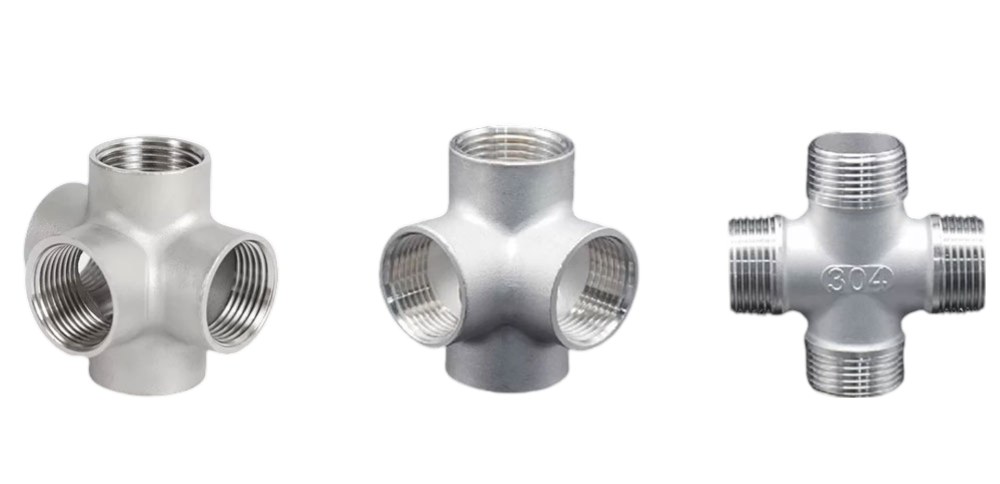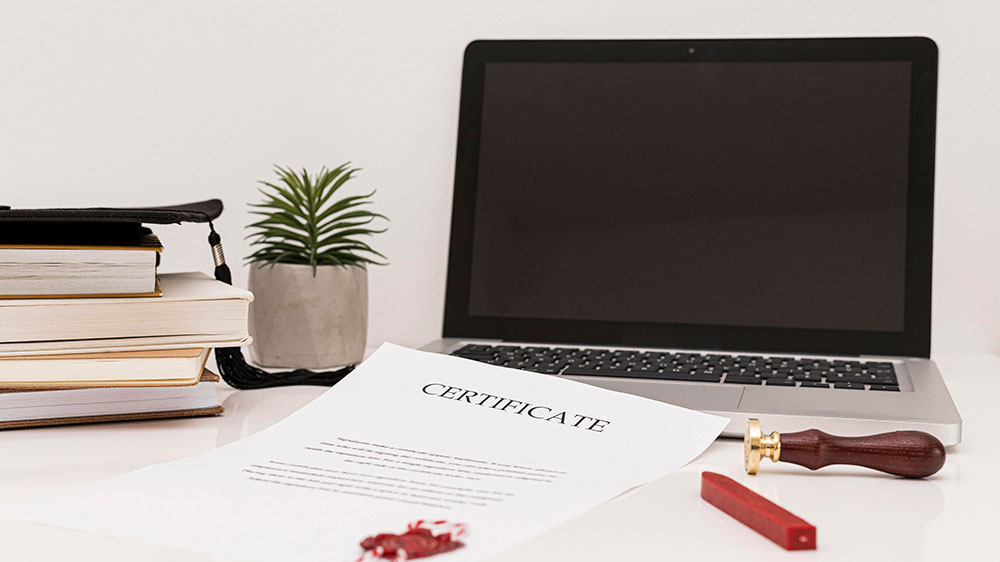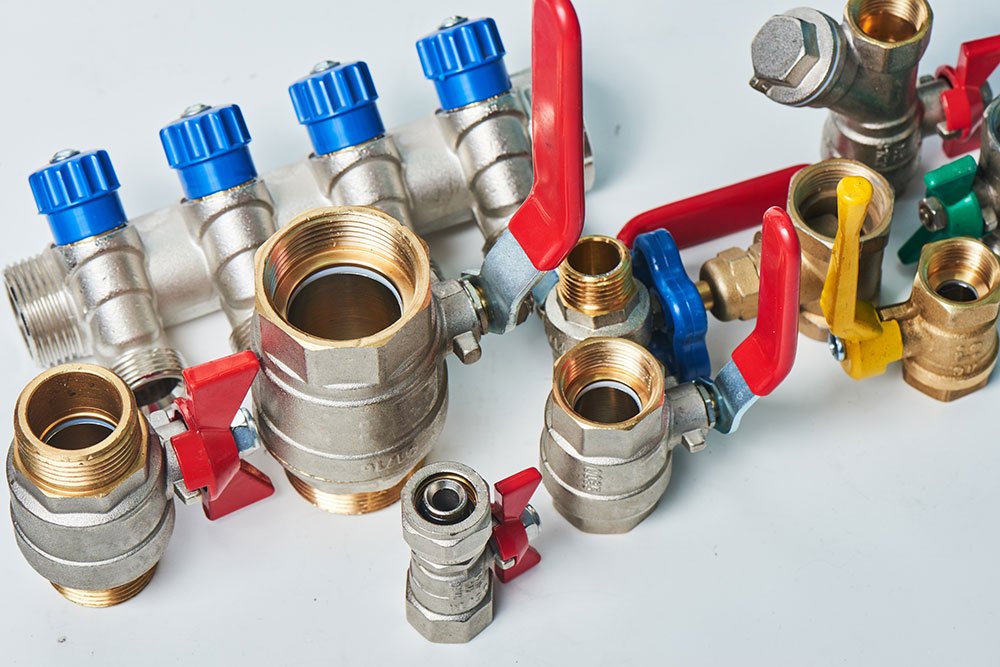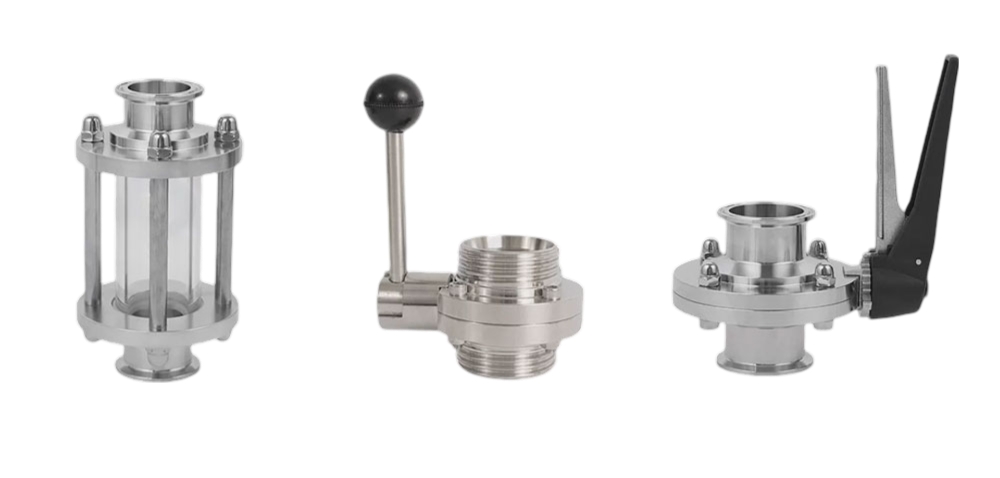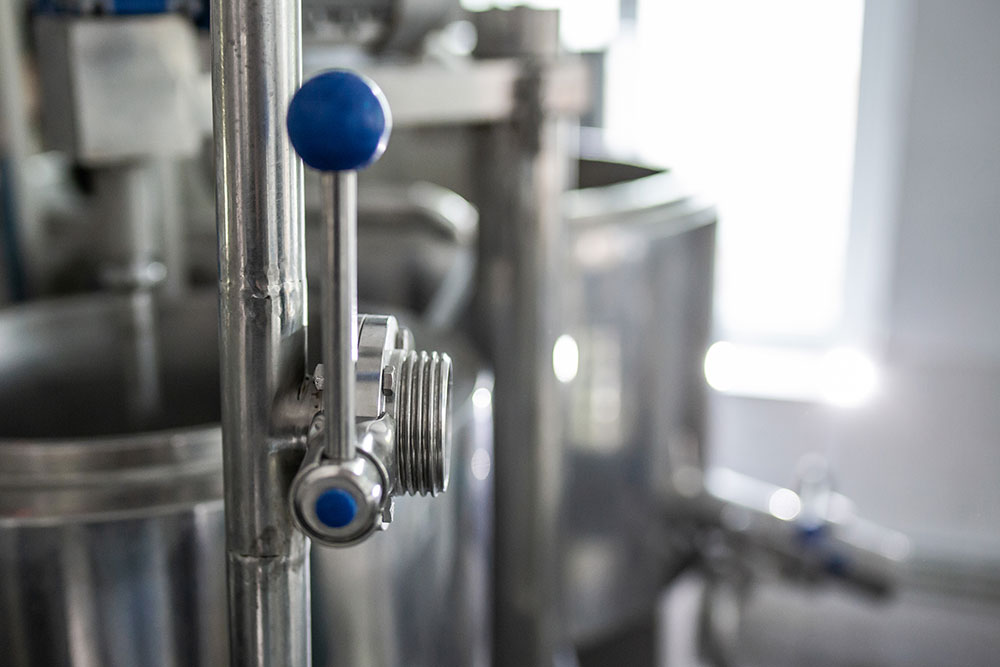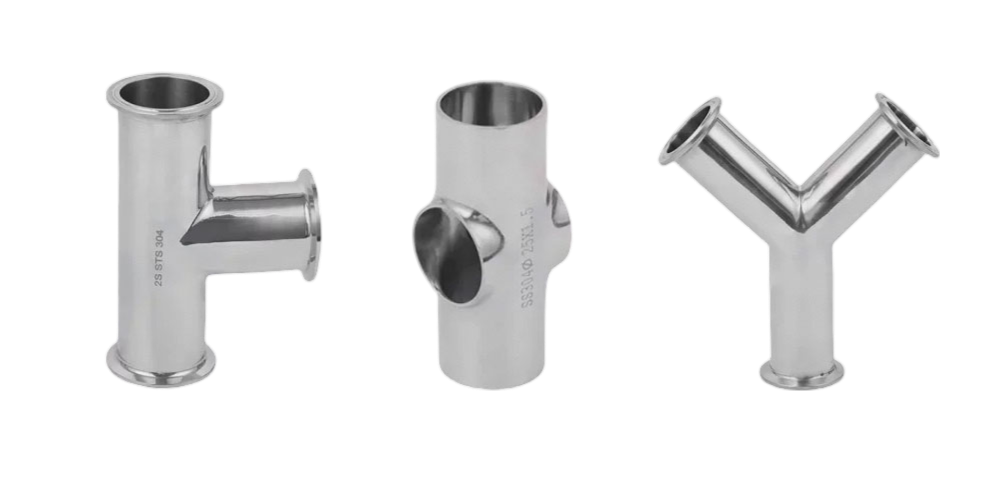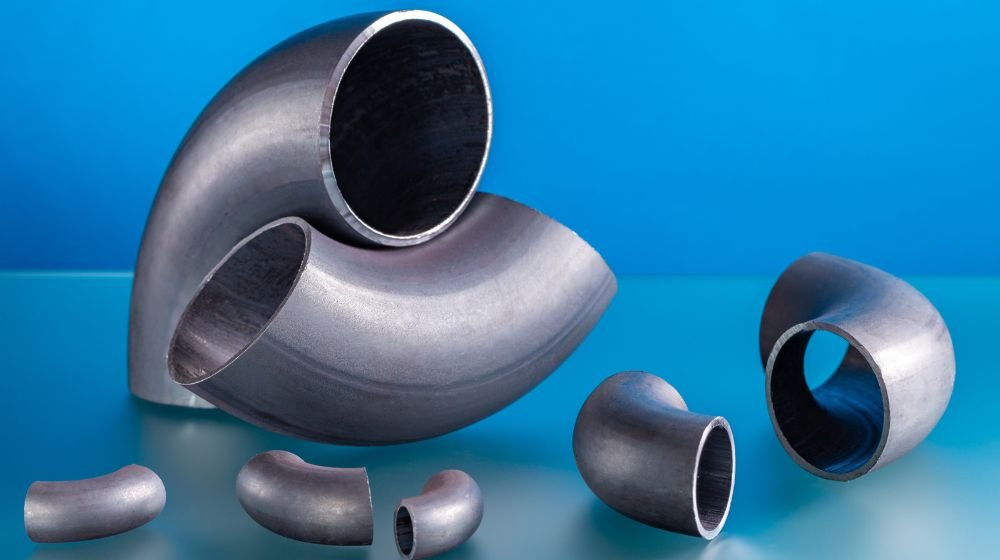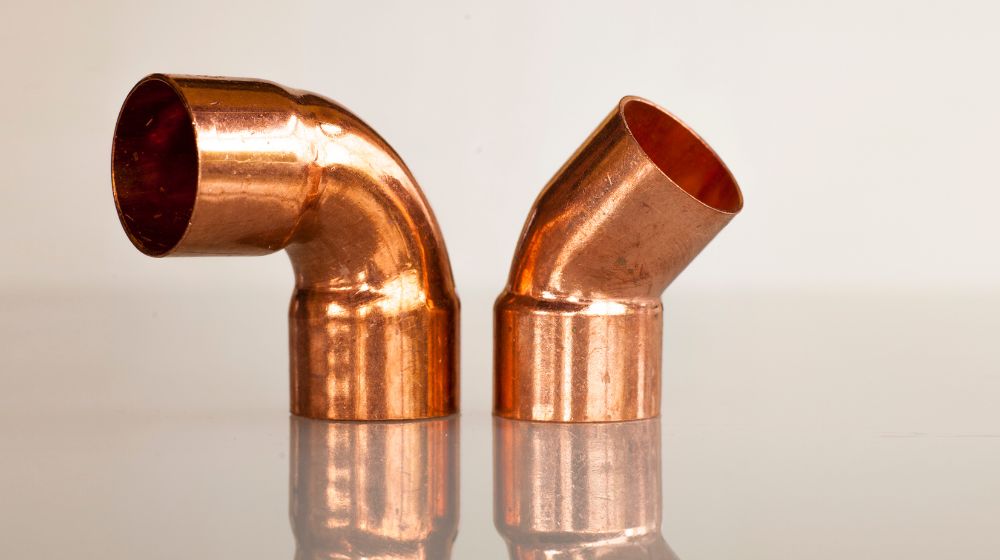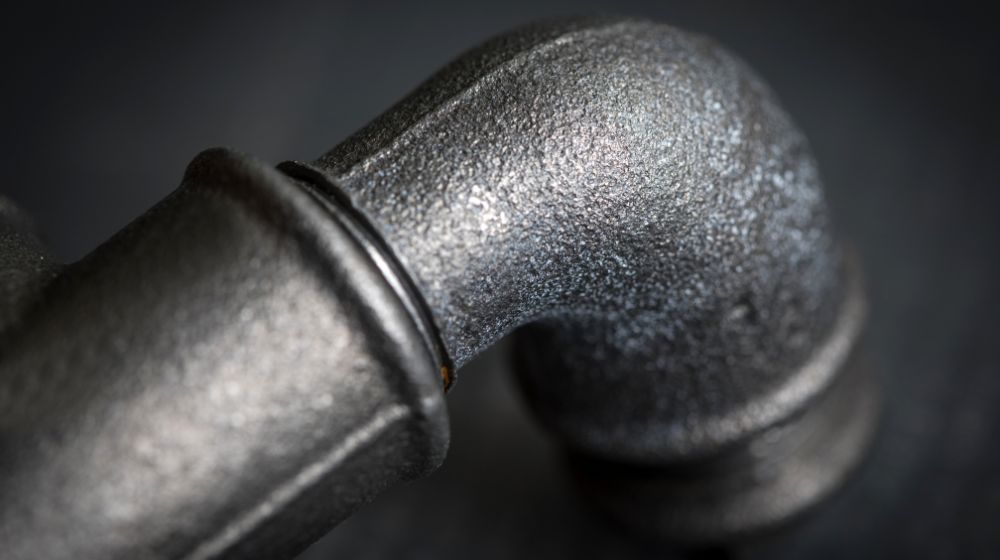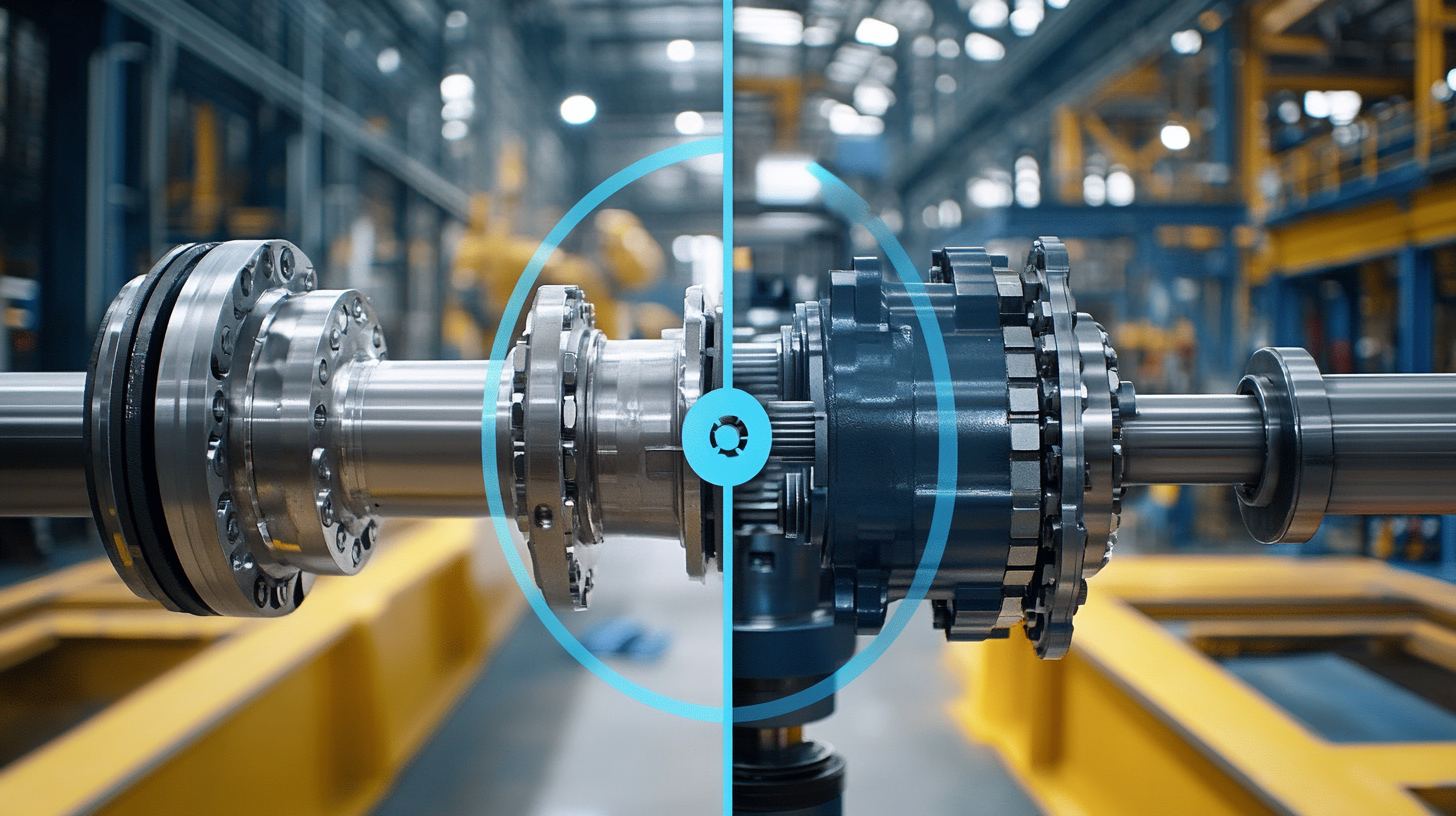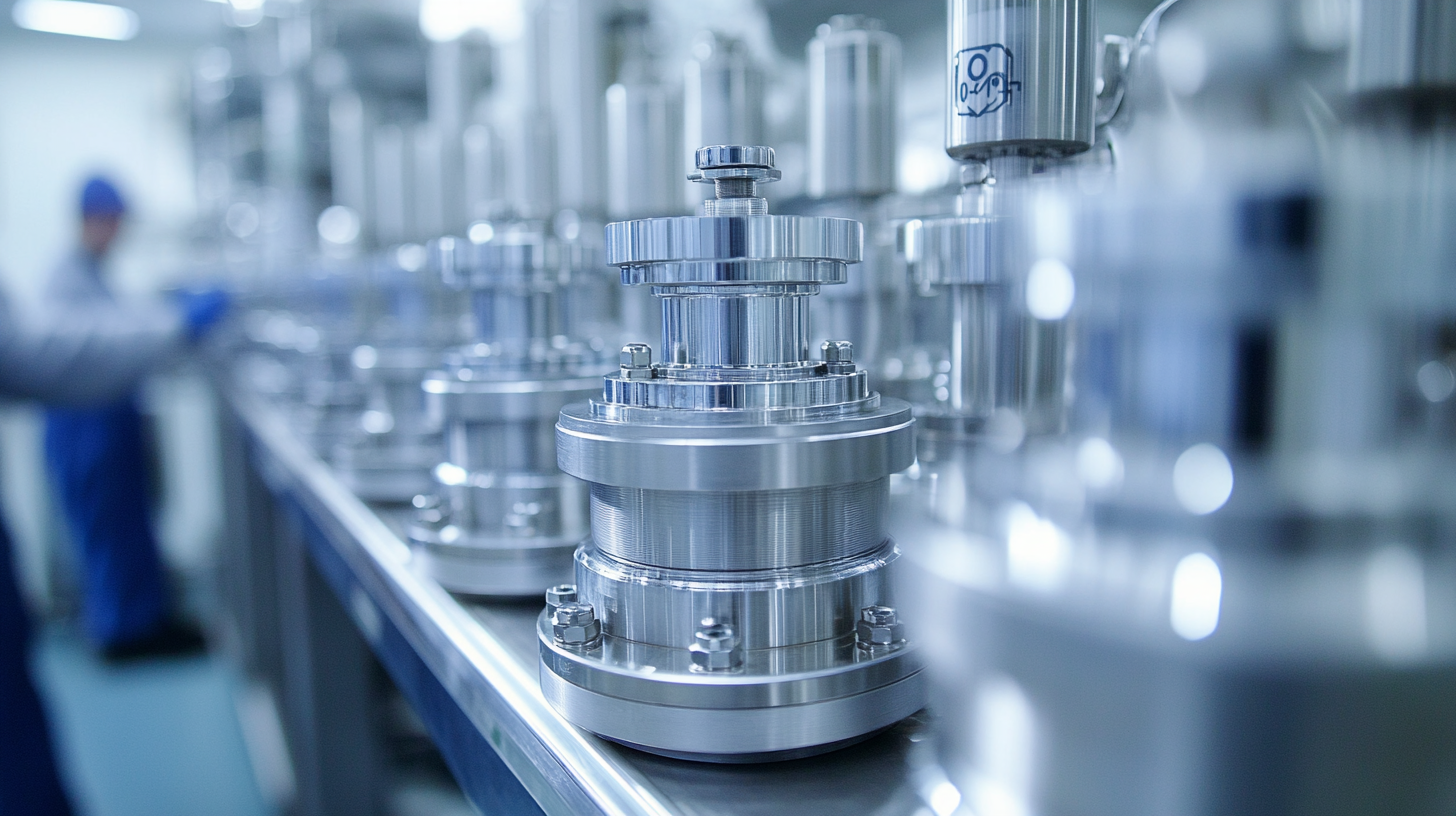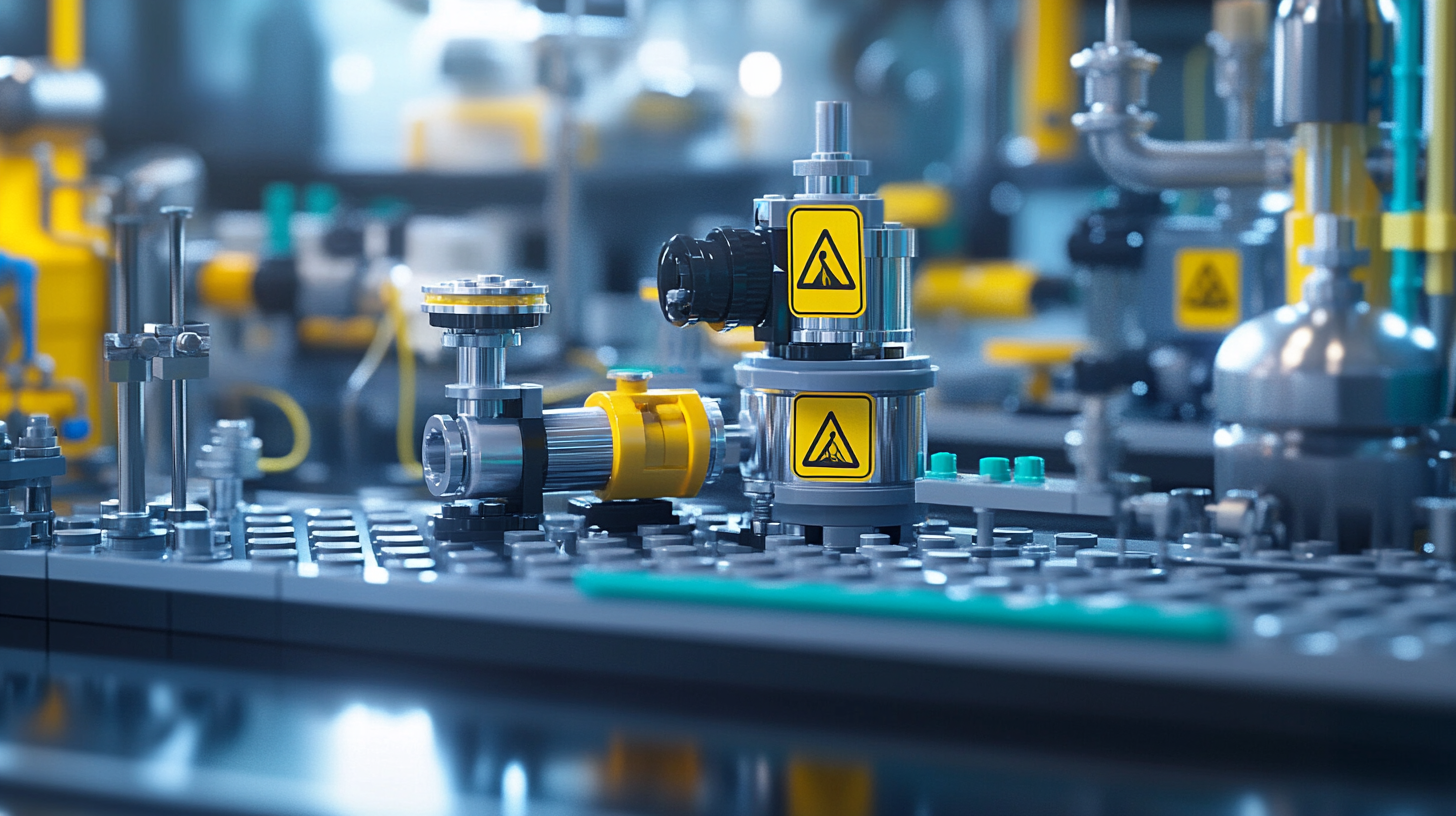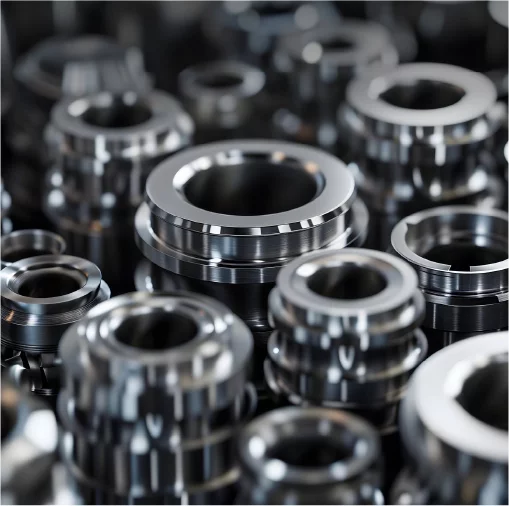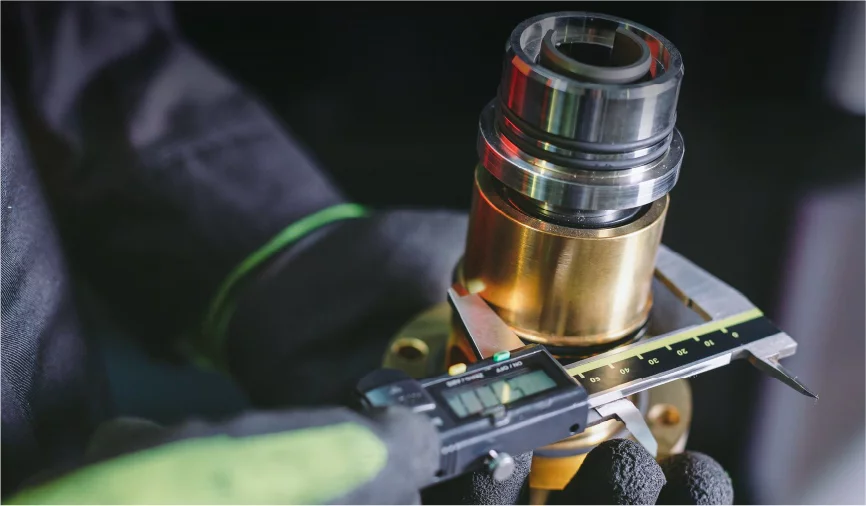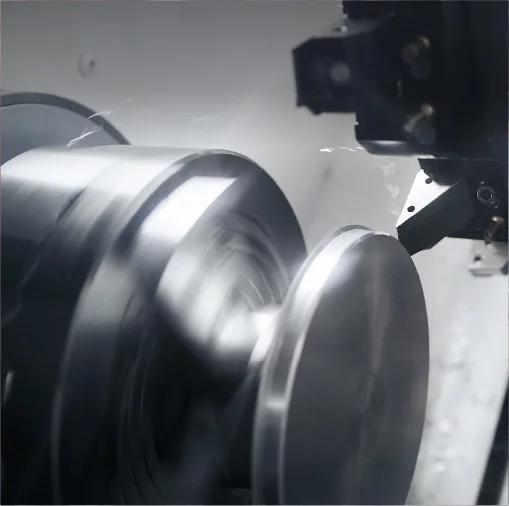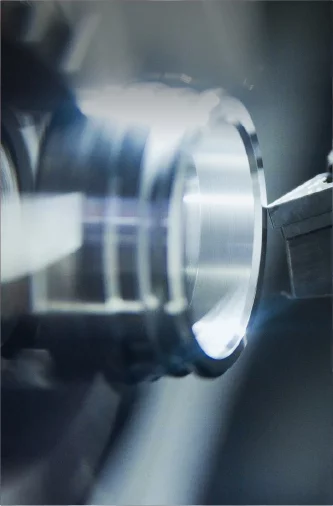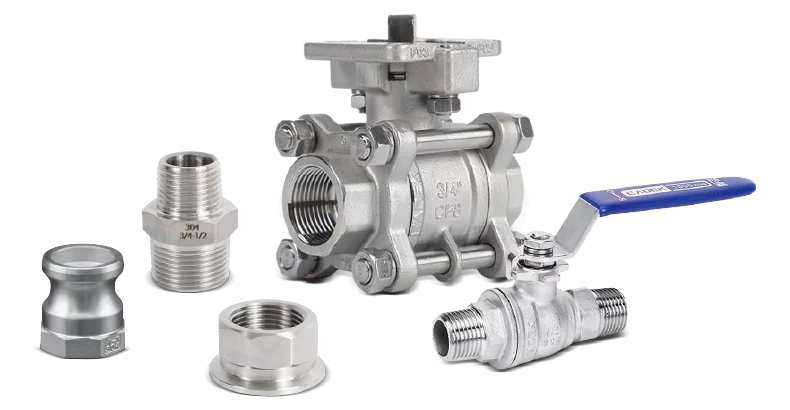In the industrial sector, 凸輪鎖配件 are highly favored for their convenient connection methods and wide range of applications. However, selecting the appropriate material is crucial to ensure their performance and longevity. Today, we will delve into the applications of aluminum, stainless steel, and brass in Camlock fittings, helping you make an informed decision.
介紹
What Are Camlock Fittings?
Camlock fittings, also known as quick couplers, are connection devices used for the transmission of liquids and gases. These fittings consist of a male and female component that achieve a quick and secure connection through a rotating locking mechanism. Camlock fittings are widely used in various industries such as chemicals, food and beverages, and medical equipment, thanks to their efficiency, ease of use, and reliability.
Why Material Selection Matters for Camlock Fittings
Choosing the right material for Camlock fittings is crucial as it directly impacts their performance, durability, and cost-effectiveness. The material determines how well the fittings can withstand environmental factors such as pressure, temperature, and exposure to corrosive substances. By selecting the appropriate material, you can improve system efficiency, reduce maintenance costs, and extend the lifespan of your equipment.
Common Materials for Camlock Fittings
Aluminum
Performance Characteristics
- Lightweight: Aluminum Camlock fittings are lightweight, making them easy to install and transport.
- Good Thermal Conductivity: Suitable for applications that require rapid heat dissipation.
- Corrosion Resistance: Aluminum offers good corrosion resistance in certain environments.
Suitable Applications
- Light Load Applications: Ideal for low-pressure, low-load liquid transmission systems.
- Food and Beverage Industry: Aluminum is easy to clean and meets hygiene standards.
Pros and Cons
- Pros: Lightweight and cost-effective, suitable for budget-constrained projects.
- Cons: Lower strength and general wear resistance, not suitable for high-strength environments.
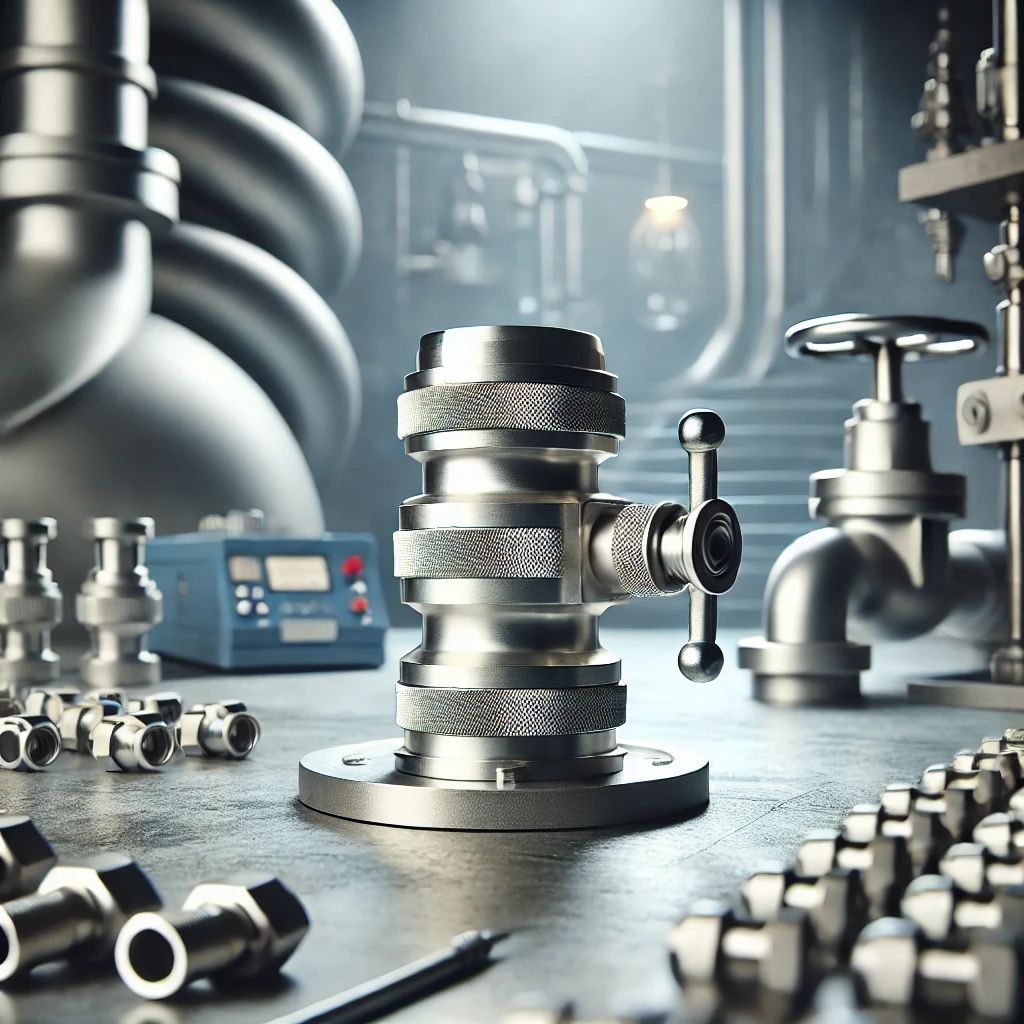
不銹鋼
Performance Characteristics
- High Strength: Stainless steel offers excellent mechanical strength, suitable for harsh conditions.
- 卓越的耐腐蝕性: Performs well in acidic and alkaline environments, extending service life.
- 耐高溫: 可承受高溫作業,適用於高熱傳輸系統
Suitable Applications
- 化工: 多樣化的化學介質要求具有較高的耐腐蝕性。
- 石油和天然氣產業: 在高壓、高溫環境下需要高可靠性。
Pros and Cons
- Pros: 耐用且維護成本低,適合長期使用。
- Cons: 成本較高且重量較大,可能會增加安裝負擔。

黃銅
Performance Characteristics
- 良好的導電性: Suitable for applications requiring electrical connections.
- Antibacterial Properties: Naturally antibacterial, ideal for environments with high hygiene requirements.
- High Workability: Easy to manufacture into complex shapes, accommodating diverse needs.
Suitable Applications
- Medical Equipment: Antibacterial properties ensure hygienic safety in medical settings.
- Water Treatment Systems: Corrosion-resistant and easy to clean, suitable for water treatment applications.
Pros and Cons
- Pros: Corrosion-resistant and antibacterial, ideal for specific high-demand applications.
- Cons: Lower strength compared to stainless steel and moderately priced, but not as economical as aluminum.
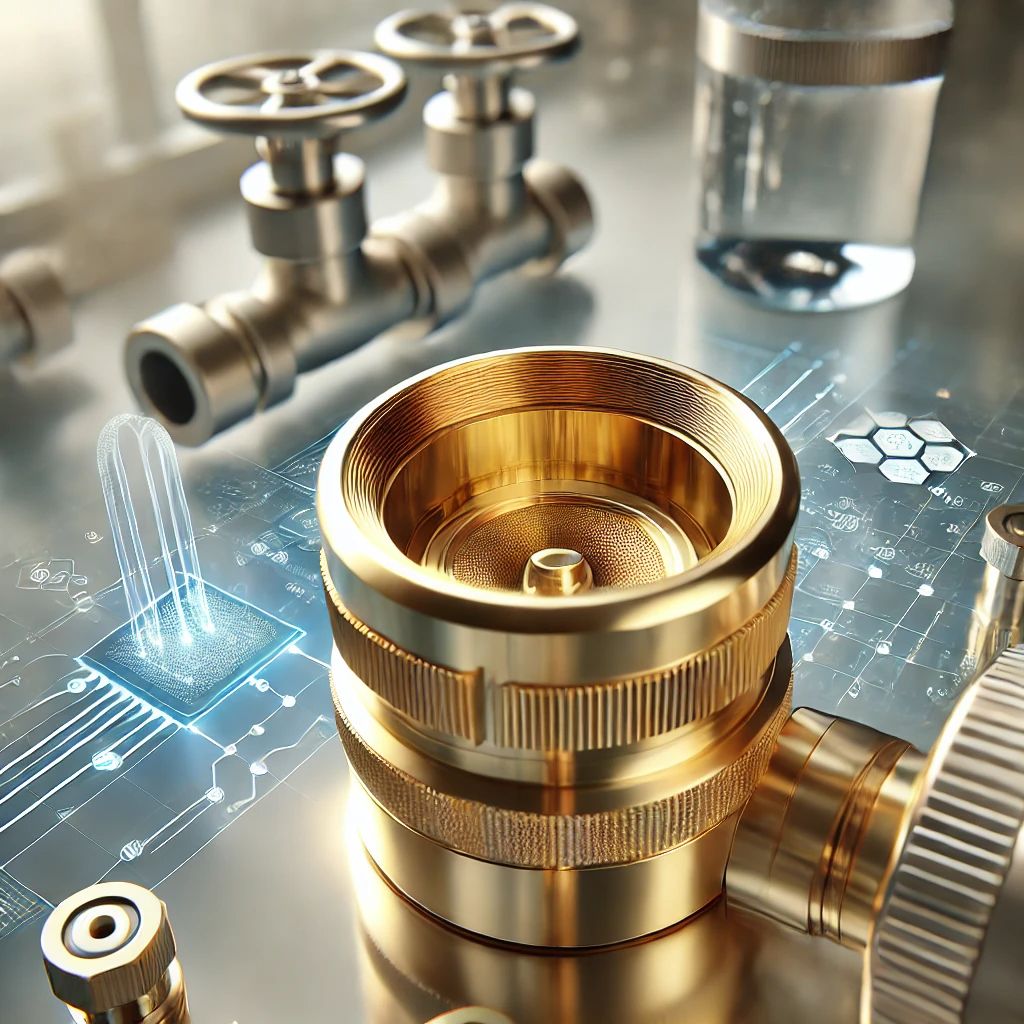
Comparison of Different Materials
耐腐蝕
- Stainless Steel > Brass > Aluminum Stainless steel performs best in various corrosive environments, followed by brass. Aluminum also offers good corrosion resistance in specific settings.
Strength and Durability
- Stainless Steel > Brass > Aluminum Stainless steel has the highest mechanical strength and durability, brass is moderate, and aluminum is lower, suitable for different strength requirements.
Weight
Aluminum < Brass < Stainless Steel Aluminum is the lightest, ideal for systems where reducing overall weight is important, while stainless steel is the heaviest, suitable for high-strength, high-load applications.
成本
- Aluminum < Brass < Stainless Steel Aluminum is the most cost-effective, suitable for budget-limited projects. Stainless steel is the most expensive but offers longer service life and higher performance.
Maintenance and Upkeep
- Stainless Steel is easy to maintain.
- Brass requires regular inspections to prevent oxidation.
- Aluminum is easily scratched, which can affect performance. When choosing a material, consider the convenience and frequency of maintenance.
Material Selection for Specific Applications
Industrial Liquid Transmission
- Preferred Material: 不銹鋼
- Reason: High strength and corrosion resistance to withstand various harsh conditions, ensuring stable and safe liquid transmission.
食品飲料業
- Preferred Material: Aluminum or Stainless Steel
- Reason: Aluminum is lightweight and easy to clean, while stainless steel offers corrosion resistance and meets hygiene standards, catering to the specific needs of the food and beverage sector.
Agriculture and Chemical Processing
- Preferred Material: 不銹鋼
- Reason: Corrosion-resistant and chemical-resistant, capable of handling various challenges in agricultural and chemical processing, extending equipment lifespan.
石油和天然氣
- Preferred Material: 不銹鋼
- Reason: High strength and resistance to high temperatures and pressures, ensuring reliability and safety in extreme environments.
Medical Equipment
- Preferred Material: 黃銅
- Reason: Antibacterial properties and high workability meet the stringent hygiene standards of medical environments, ensuring safety and reliability of equipment.
For more detailed insights on the use of specialized hose couplings across various industries, check out our article on applications of Camlock couplings across different industries.
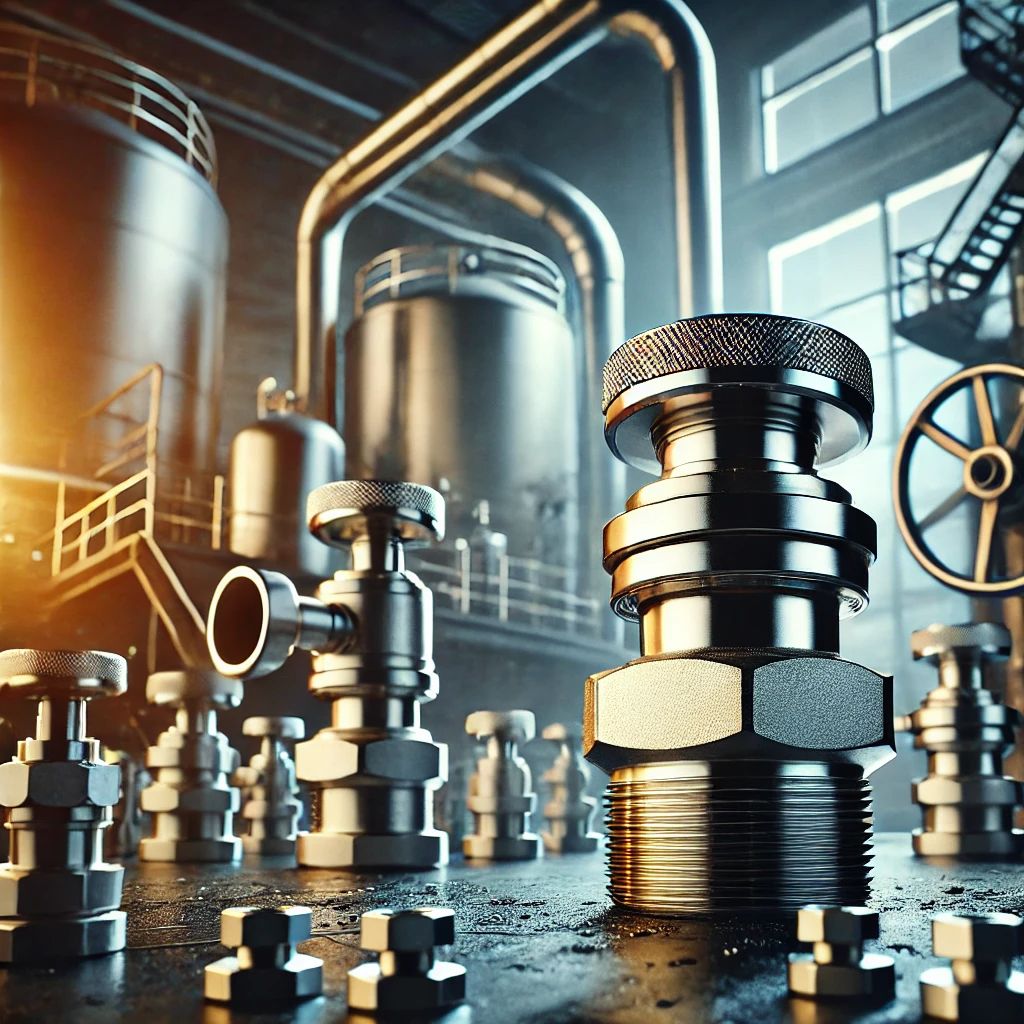
結論
Comprehensive Considerations
When selecting the material for Camlock fittings, it’s essential to consider the application environment, budget constraints, and maintenance requirements. Different materials perform variably under different conditions, and making a suitable choice ensures efficient system operation and long-term use.
Recommended Material Selection
Choose the material that best fits your specific application, balancing performance and cost to ensure long-term reliability. For example, stainless steel is ideal in highly corrosive environments, while aluminum is suitable for lightweight and cost-effective scenarios.
By thoroughly understanding the applications, advantages, and disadvantages of aluminum, stainless steel, and brass in Camlock fittings, you can make the best choice based on your actual needs, enhancing the overall efficiency and reliability of your system. Whether in industrial liquid transmission, food and beverage, or medical equipment sectors, selecting the right material is a critical step toward ensuring success.

